Poultry
Food deflation continues to have an impact on meat and poultry sales according to the latest data from Kantar Worldpanel.
For the 12 weeks ending 19 March 2015, average volume sales were down, with turkey and pork experiencing the biggest decline, at -5.2% and -4.8% year-on-year respectively.
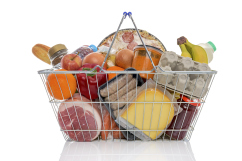
Kantar said basket size and frequency of purchase remained flat as food deflation was making the same basket cheaper.
“Fresh primary meat and poultry continues to be impacted by deflationary pressures, with the average price per kg down significantly. While this helps to drive more shoppers into the category, we are seeing basket sizes and frequency flat, as deflation makes the same basket cheaper,” Kantar Worldpanel reported.
The Office for National Statistics reported in February that food inflation had reached an all-time low at 0%, whcih remained unchanged in March.
Meanwhile a survey carried out by mySupermarket.com found that the average weekly grocery shop had fallen from £88.59, for a basket of 35 items to £87.70. The survey also found that the average weekly shop of grocery products from the main UK supermarkets had fallen 7% in the last year, with the same basket costing £93.95 in March 2014.
Meanwhile, lamb has benefited from increased Easter sales – up 14.3% on the same period last year. Kantar said price cuts and strong promotions were driving strong uplifts in sales before Easter.
Moy Park has developed a state-of-the art poultry development house, which it said will allow it to deliver “significant improvements” to its poultry rearing and welfare practices.
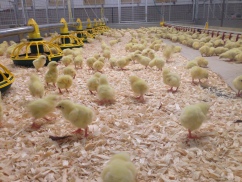
Located in Co Down, the 18,500sq ft house, split into 36 individual pens each holding 500 birds, allows inputs such as feed to be altered, enabling Moy Park to capture and analyse data.
Justin Coleman, Moy Park agriculture development manager, commented: “This poultry development house has been purpose-built to the highest specification, including windows providing natural light, enhanced biosecurity and biomass heating. Chicken is at the very heart of our business and this initiative supports our commitment to sustainability, environmental excellence and developing the farm of the future.
“This investment allows us to lead the way in innovation, providing a precision-controlled environment to better monitor bird welfare, feed conversion and environmental impacts, so we can provide optimum conditions for our chickens.”
The new building is part of a broiler expansion and development programme that is being rolled out across Great Britain and Northern Ireland.
The programme aims to deliver 250 new houses.
UK beef prices are coming under pressure from a range of factors, experts in Scotland have claimed.
According to Quality Meat Scotland (QMS), a number of issues, including currency exchange rates, were impacting on the beef sector, with the strong sterling increasing the gap between Irish and European prices.
Stuart Ashworth, head of economic services with QMS, said: “Despite Irish producers getting 6% more euros from the market than last year, the UK price is 13.5% higher in euros, so the gap has widened. However, because of currency movements, while the UK price is around 2-3% lower in sterling, Irish prices have fallen by 7-8%.”
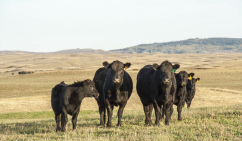
Latest statistics from January show UK beef exports declining, while imports, including Irish meat, increased, boosting beef volumes on the UK market.
“While some of this would have been used to refill the supply chain after good Christmas trade, once the supply chain was fully restocked, pressure was exerted on prices from a well-supplied market,” Ashworth said.
While prices started the year looking positive, prime cattle values have fallen in the past six weeks, with the average price around 2-3% lower than a year ago, and the number of cattle being slaughtered tightening.
He added: “During February, Scottish abattoirs handled 3.8% fewer prime cattle than last year, compared with Northern Ireland at 2.5% fewer and England and Wales at 2% more.
“However, a bigger influence here is that carcase weights continue to be higher than last year, by around 1.5%. The result is that, despite the number of animals beginning to tighten, the volume of beef they produce is continuing to run ahead of last year.”
Another problem for the sector has been the slowdown in demand for manufacturing beef, which has impacted on the value of forequarter meat in the wholesale markets.
A new strategic plan for the Welsh red meat industry has been created with the ultimate aim to increase sales by at least 34% to £776 million a year by 2020, Hybu Cig Cymru – Meat Promotion Wales (HCC) has reported.
The 2020 plan also stated the industry should increase its share of Welsh agricultural output by at least 5% to £624m over the same period.
HCC said these increases would see the red meat industry help boost the entire Welsh food and farming industry by at least 14% in five years to £6.5bn.
The two main priorities of the strategic action plan are: to increase demand for Welsh red meat products, thereby increasing sales and returns; and to improve production efficiency, thereby increasing quality supply, while maintaining the environment and landscape of Wales.
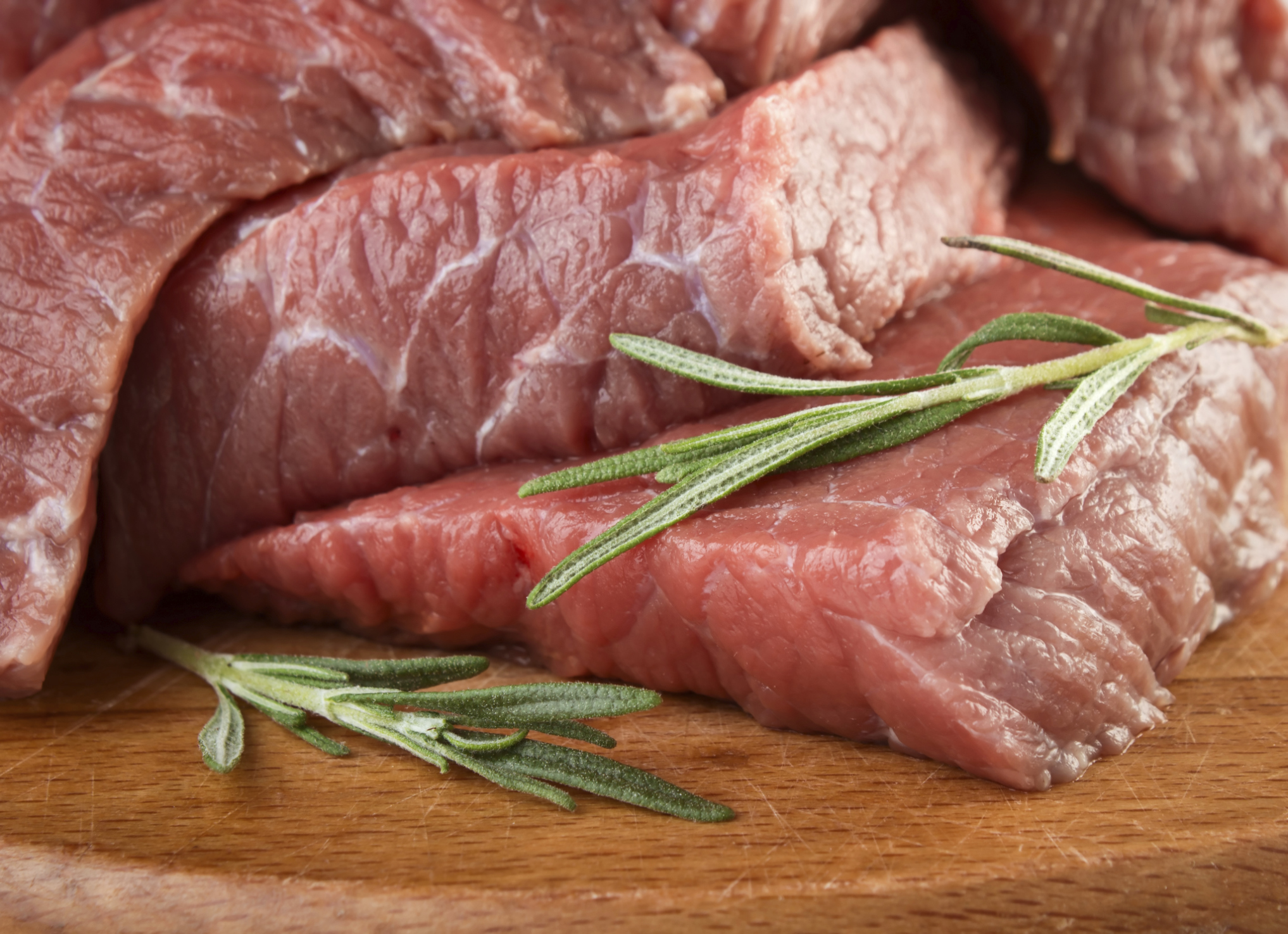
“It’s now time for everyone in the industry to have their say about the future direction of the Welsh red meat sector,” said HCC chief executive Gwyn Howells. “I would urge everyone who cares about its future to take part in the consultation process.
“In an increasingly competitive global marketplace, it is important that we continue to be dynamic in further developing our industry.
“If we are to safeguard the long-term future of the red meat industry and sustain the sector’s contribution towards a thriving rural economy, then we must embrace the latest production and processing methods to enable us to compete effectively with our rivals.
“This is an ambitious plan, but I am confident that if the entire industry continues to work closely together we can meet these bold targets.”
Meanwhile, Welsh red meat has increased its share of the British retail market by £64m over a 10-year period.
“These targets can only be met if the entire supply chain – including farmers, processors and retailers – work in harmony to build on our previous success to ensure a long-term and viable future for everyone,” Howells concluded.
HCC reported it would now enter into an eight-week consultancy process to implement the plan.
Lower material costs and currency exchange rates are impacting Hilton Food Group despite reporting a strong financial performance.
The company reported overall growth in Western Europe but continues to be “adversely affected” by lower material costs and currency exchange translation, causing turnover in Denmark to fall in comparison to last year. The UK operation has seen “encouraging” volume growth relative to last year and reported site development at the UK site will be completed, which will see capacity grow next year.
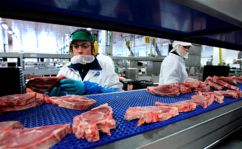
Hilton’s joint venture with Australian retailer Woolworths, which contributed to high revenues in 2013, is making “good progress”. The Victoria processing site is due to open in the first quarter of next year.
Business in Ireland has picked up following a “challenging” first half of the year. Meanwhile Hilton reported trading to be in line with expectations in Central Europe with continued growth in Poland.
“The Group’s financial position remains strong with net debt growing in line with expectations as the investment projects in UK and Sweden are being executed. Hilton continues to explore opportunities to grow the business in both domestic and overseas markets,” the company said in a statement.
Hilton is to announce its preliminary results for the 52 weeks ended 28 December 2014 on 25 March, 2015.
UK meat leaders have expressed disappointment over the reporting of a US-based study which claimed that beef production was 10 times more damaging to the environment than other livestock.
The study, published in the Proceedings of the National Academy of Sciences (PNAS), claimed that by applying a uniform methodology to data from the US Departments of Agriculture, the Interior and Energy, it showed that beef was far ahead of other proteins when it came to environmental impact.
A summary of the study said: “The authors found that impacts of dairy, poultry, pork, and eggs were mutually comparable within a factor of two. Beef, however, required 28 times more land, 11 times more irrigation water, five times more greenhouse gas emissions, and six times more reactive nitrogen fertiliser than the respective average burdens of the other four livestock categories.

”Plant-based production, however, including potato, wheat and rice, on average needed “two to six times fewer resources per calorie consumed than non-beef livestock”, it added.
The news has been widely reported across mainstream media, but UK meat bosses have hit back at the coverage, which they said failed to recognise that US production differed considerably from UK grass-fed production.
Nick Allen, sector director for red meat levy body Eblex, said: “Our rain-fed pasture system means we have one of the most efficient and sustainable livestock production systems in the world. In the UK, cattle and sheep primarily convert grass, which cannot be used to feed people, into nutritious food for our growing population. We have very little reliance on irrigation; in fact it takes just 67 litres of water to produce 1kg of beef.
“There are also additional environmental benefits of grazing ruminants, not least in terms of landscape management and maintaining biodiversity, yet livestock production still comes in for undue criticism.
”One of the authors of the report Professor Gidon Eshel, speaking to The Guardian newspaper, acknowledged that US grain-fed production systems exacerbated the issues surrounding feed inefficiency, but he said that even grass-fed cattle had greater environmental footprints than other animal products.
He said the aim of the study was to change the consumer mind-set: “While my work in recent years has clearly demonstrated that plant-based diets exact lower environmental costs than animal-based ones, in the new paper we recognise that this and related work by others have changed little in US diets; people still eat animal-based products with an ever-increasing gusto.
“Our study has a number of implications. First, it can help environmentally minded individuals make environmentally better dietary choices. Perhaps more importantly, the paper can also help inform US agricultural policy.”